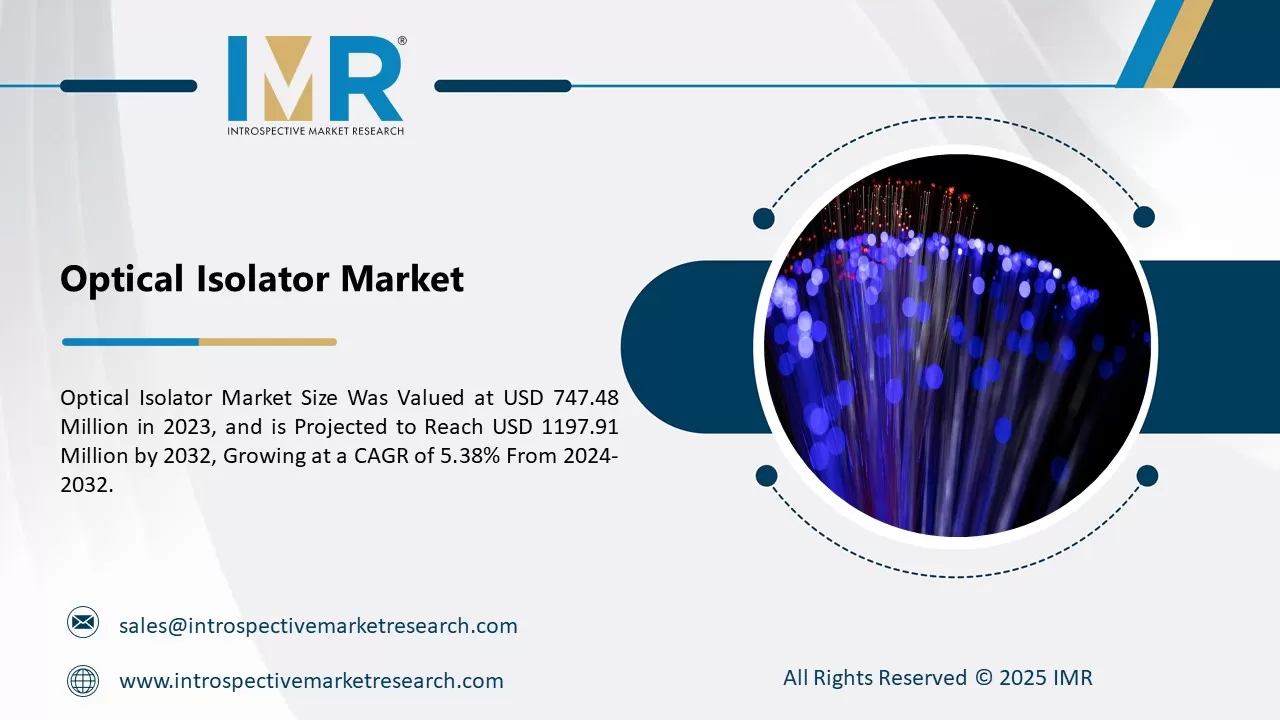
Market Overview:
Global Green Cement Market Size Was Valued at USD 27.27 Billion In 2022, And Is Projected to Reach USD 60.18 Billion By 2030, Growing at A CAGR of 10.1 % From 2023 To 2030.
A carbon-negative manufacturing process is used to create Green Cement, an environmentally beneficial cement. The majority of the waste from the industry serves as the main raw material used to make green cement. The main materials used in the production of green cement are fly ash and blast boiler slag. Modern technology is used in production, which greatly reduces energy use. This procedure emits very little amount of carbon dioxide. Research predicts that this technique reduces the carbon footprint by 40%. The cost of green cement is lower because it is made primarily from industrial waste as its basic material. Green cement manufacturing reduces cement consumption, and its primary raw materials are industrial wastes such as blast furnace slag and fly ash.
Top Key Players Covered In The Green Cement Market:
- Lafarge Holcim (Switzerland)
- Heidelberg Cement AG (Germany)
- Anhui Conch Cement (China)
- CEMEX S.A.B. de C.V. (Mexico)
- Taiheiyo Cement Corporation (Japan)
- China National Building Material (China)
- Votorantim cimentos S.A. (Brazil)
- UltraTech Cement Ltd. (India)
- Taiwan Cement Corporation (Taiwan)
- ACC Limited (India)
- Ecocem Ireland Ltd. (Ireland)
- Calera Corporation (U.S.)
- Solidia Technologies (U.S.)
- Cenin Cement (U.K.)
- Green Island Cement Limited (China) and Other Major Players.
Market Dynamics and Factors:
The increasing construction industry is driving the growth of the green cement market. Better, more resilient, and more sustainable concrete has always been wanted by the building industry. Thus, it looks that green cement is the best choice. It is environmentally good since it uses industrial waste, lowers carbon dioxide emissions, and uses less energy to make. Green cement is also incredibly durable and tough. Outstanding early strength, elasticity, durability, crack resistance, and chloride impermeability are all displayed by this material. It is three to four times more resistant to corrosion than normal cement. Green concrete is a feasible alternative for large-scale buildings since it is more substantial than traditional cement. This is true since it is made of calcined clay and limestone. A decrease in porosity and an increase in mechanical strength are both effects of these chemicals.
Various businesses are engaged in R&D to advance the technology is expected to drive the green cement market. R&D projects will need to be scaled up and supported by additional funding, such as venture capital and private equity funds, as well as more creative alliances with a developing ecosystem of new green businesses. The cement formulation has started to change, which is encouraging. Process and fuel emissions can be cut by, for example, lowering the amount of limestone used in cement. Adding CO2 to the concrete before it dries up can reinforce it, use less cement, and sequester captured CO2. Also, advancing carbon capture technology would increase the economic viability of preventing process emissions from entering the atmosphere.
Green Cement Market Report Highlight:
- By product, Fly-Ash Based segment is anticipated to lead the growth of the Green Cement market in the forecasted timeframe. In most cases, using fly ash cement instead of Portland cement to produce concrete is a cost-effective option that improves the mix's durability and workability.
- By application, the Residential segment is expected to have the highest share of the Green Cement market over the projected period. Some of the causes driving the segment's growth include an increase in the demand for ecologically secure construction, the real estate market's rapid expansion, and the rate at which cities are being built up in developing nations.
- The North American region is expected to have the highest share of the Green Cement market over the projected period. Almost 40% of the country's CO2 emissions are attributed to buildings, according to figures from the U.S. Green Building Council. Due to the nation's expanding population and rising standard of living, there has been a steady rise in the demand for new residences over the past few years.
Key Industry Development:
- In January 2023, LafargeHolcim announced a new investment of ?100 million in its green cement production capacity in France. The investment will allow the company to produce 1.3 million tonnes of green cement per year, which will reduce CO2 emissions by 300,000 tonnes per year.
- In January 2023, HeidelbergCement announced a new partnership with Cemex to develop and commercialize green cement solutions. The partnership will focus on developing new formulations of green cement and expanding the use of green cement in construction projects.
- In January 2023, Buzzi Unicem announced the construction of a new green cement plant in Italy. The plant will have a capacity of 500,000 tonnes of green cement per year, which will reduce CO2 emissions by 150,000 tonnes per year.
Green Cement Market Segmentation:
By Product
- Fly-Ash Based
- Slag Based
- Recycled Aggregates
- Other Products
By Application
- Commercial
- Residential
- Industrial
For this report, Introspective Market Research has segmented the Green Cement Market based on region:
Regional Outlook (Revenue in USD Million; Volume in Units, 2022-2028)
North America
- The U.S.
- Canada
- Mexico
Eastern Europe
- Russia
- Bulgaria
- The Czech Republic
- Hungary
- Poland
- Romania
- Rest of Eastern Europe
Western Europe
- Germany
- UK
- France
- Netherlands
- Italy
- Spain
- Rest of Western Europe
Asia Pacific
- China
- India
- Japan
- Singapore
- Australia
- New-Zealand
- Rest of APAC
Middle East & Africa
- Turkey
- Saudi Arabia
- Qatar
- UAE
- Israel
- South Africa
South America
- Brazil
- Argentina
- Rest of SA




